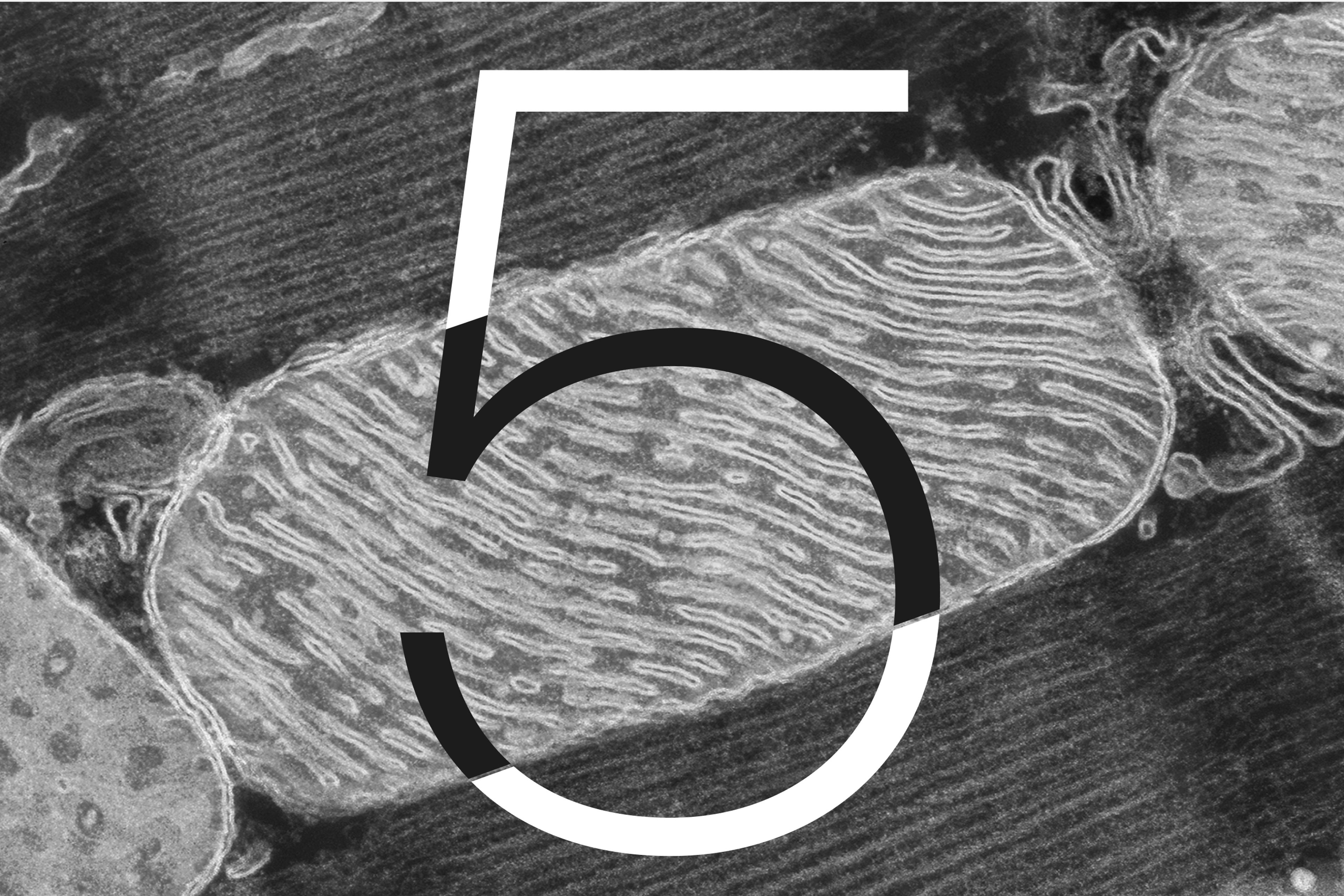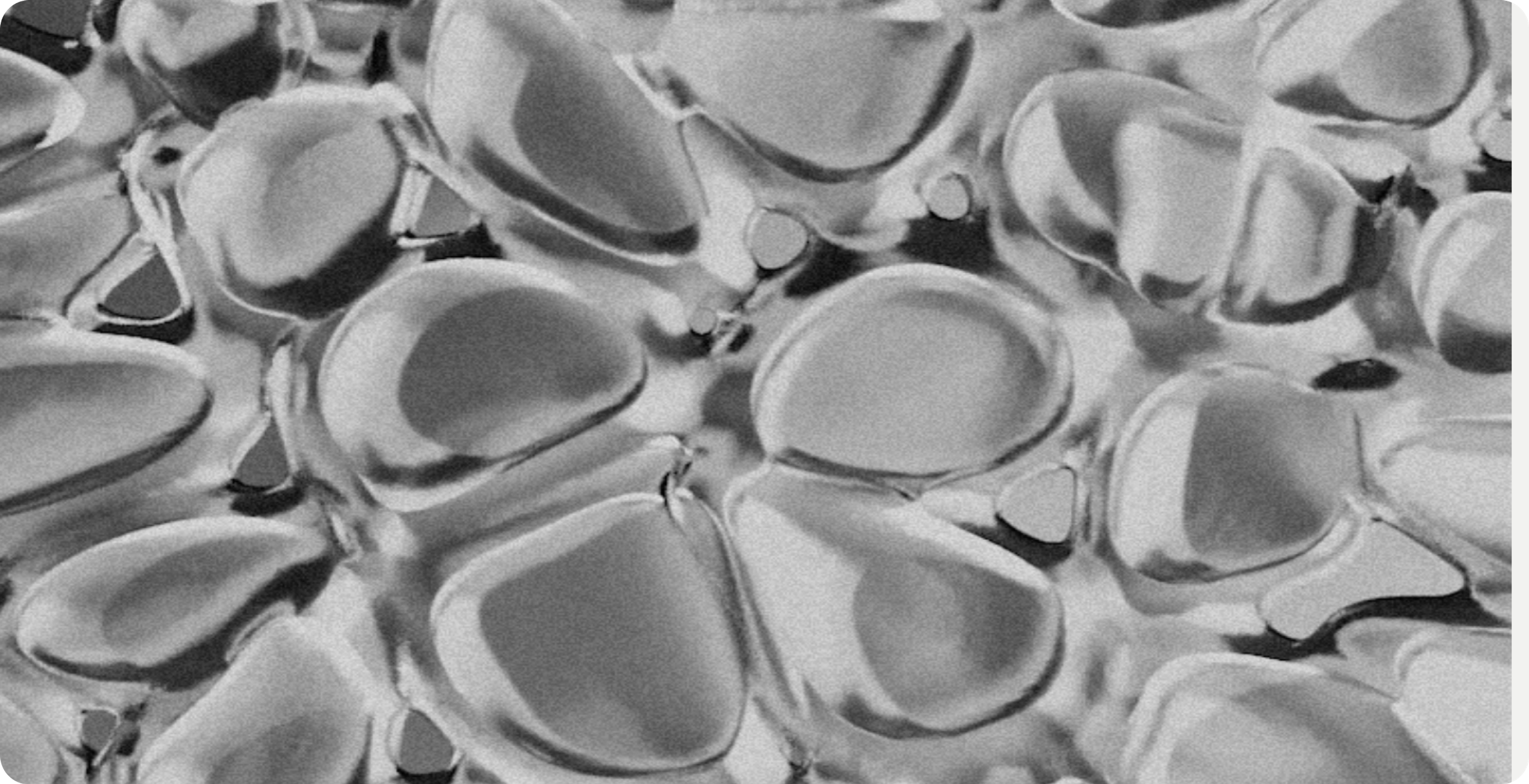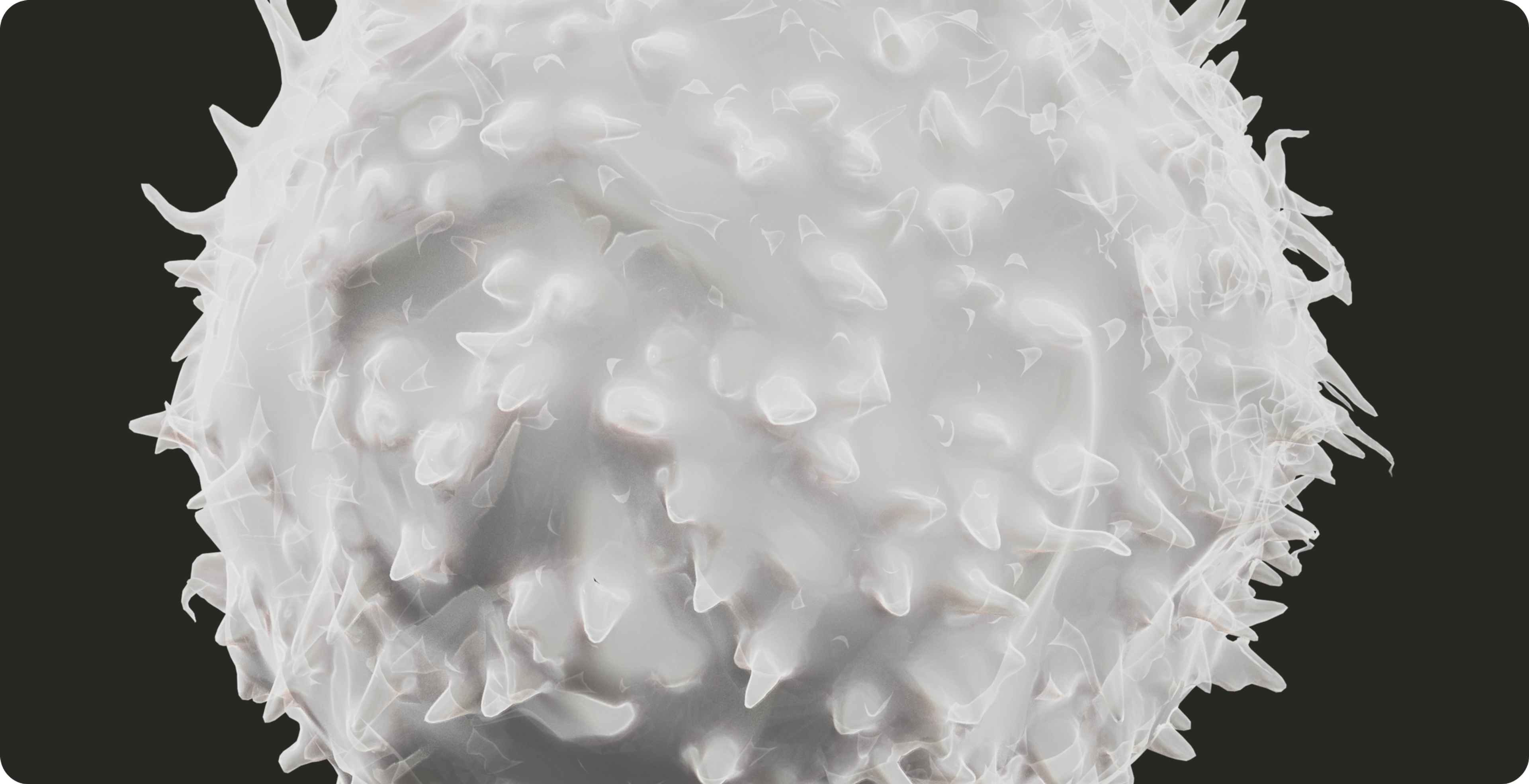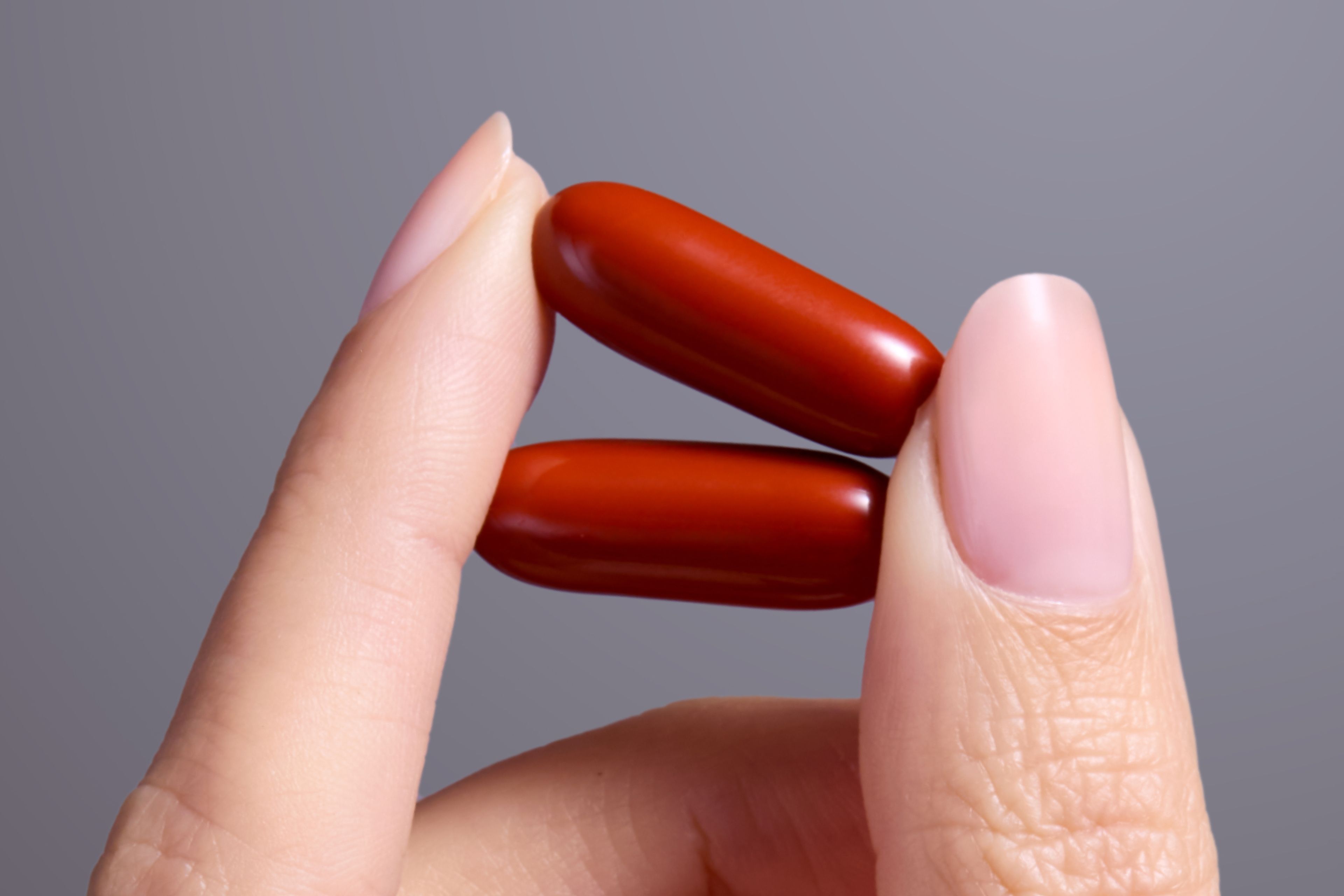Five Reasons to Love Your Mitochondria
More than just the powerhouse of the cell—mitochondria shape your health in ways you never knew. Here’s how to support them.

What to know
We often call the mitochondria the powerhouse of the cell due to their role in generating cellular energy.
Mitochondria do so much more. They play essential roles in cellular communication, immune function, hormone regulation, metabolism, and circadian rhythm.
Mitochondrial dysfunction is linked to aging and chronic disease, highlighting the importance of supporting mitochondrial health for optimal energy levels, resilience, and long-term well-being.
Lifestyle choices can directly impact mitochondrial function – regular exercise, nutrient-dense diets, intermittent fasting, quality sleep, and stress management all contribute to mitochondrial health.
Mitopure® (Urolithin A) supports mitochondrial renewal by enhancing mitophagy, helping to clear out damaged mitochondria and stimulate the production of newer, more efficient ones.
The powerhouse of the cell. If you took high school biology, this phrase is likely ingrained in your brain as the automatic response to the word mitochondria. And while it’s true that mitochondria supply our cells with the energy they need to function, their role extends far beyond just energy production.
It turns out that the mitochondria are at the center of nearly every essential process in the body, from regulating metabolism and producing hormones to supporting immune function. They help cells decide when to use energy, respond to stress, or stay alive. Importantly, research has linked mitochondrial dysfunction to several age-related chronic conditions, positioning mitochondrial health as a key player in longevity and healthy aging.
Mitochondria are so central to our health that they deserve more attention than just their 'powerhouse' label. At Timeline, we're on a mission to highlight their full potential and get you to show these mighty organelles some love.
With that in mind, let’s explore five lesser-known yet equally critical functions of mitochondria.
A Brief History of the Mitochondria
Our mitochondria have a fascinating origin story dating back about 1.5 billion years when Earth was dominated by single-celled organisms.[1] According to the widely accepted “endosymbiotic theory,” a bacteria-like organism was engulfed by a larger single-celled host. Instead of being digested, the two formed a mutually beneficial relationship: the host cell provided nutrients, while the bacteria supplied energy. Over time, they co-evolved into a single, inseparable unit, paving the way for the evolution of complex, multicellular life—including us.[2]
Simply put, yesterday's bacteria has evolved into today’s modern-day mitochondria, fueling our cells with life-promoting energy called ATP (adenosine triphosphate). Beyond that, mitochondria have become central partners in how our cells work.
Let’s take a deeper look.

1. Cell Communication
Communication between cells would not be possible without the mitochondrial game of telephone. These tiny organelles continuously receive and send cellular messages that influence everything from cellular survival to calcium homeostasis.
Apoptosis
When cells become damaged, they either undergo repair or are eliminated through a tightly regulated “programmed cell death” process called apoptosis. The mitochondria trigger this process by activating a cascade of enzymes, ultimately leading to the breakdown of the damaged cell. By removing damaged or dysfunctional cells, apoptosis prevents the spread of cellular damage and maintains tissue health.[3]
Calcium homeostasis
Maintaining tight levels of intracellular calcium is critical for nerve signaling, muscle contraction, and hormone release. Mitochondria control cell signaling and communication by acting as a calcium buffer, absorbing and releasing this mineral to keep it in balance.[4]
Autophagy and mitophagy
Autophagy refers to the natural process where cells are broken down and recycled. This process continually runs in the background, acting as both a cellular detox pathway and a source of metabolites for energy production. Under stressful conditions, like when nutrients are depleted during fasting, autophagy is upregulated to provide cells with an alternative energy source.[5]
The mitochondria have their own recycling process called mitophagy, which helps to maintain cellular energy levels and overall cell health. Mitophagy involves removing dysfunctional mitochondria, allowing the cell to replace them with newer, more efficient ones.
Emerging evidence points to the mitochondria's direct role in signaling these two quality control processes.
Endoplasmic Reticulum
Mitochondria communicate with other organelles inside the cell, such as the endoplasmic reticulum (ER). The endoplasmic reticulum is involved in protein folding, the process that takes a peptide strand and folds it into a functional protein.
The ER and the mitochondria are interconnected through specialized contact sites called mitochondria-associated ER membranes or MAMs. These MAMs serve as vital communication bridges, coordinating calcium exchange, lipid metabolism, and stress responses between the ER and mitochondria—processes essential for maintaining cellular health and function.[6]

2. Mitochondria and Immune System Regulation
Our immune system relies on energy from our mitochondria, and mitochondrial dysfunction plays a role in an aging immune system. However, the mitochondria play an active role in our immune response outside of energy production.
Innate immunity
Our innate immune system is our body’s first line of defense against invaders and pathogens. It provides a rapid but non-specific response.
When damaged, the mitochondria send out warning signals, activating immune pathways and starting the inflammatory process.
Even if the immune response starts outside the mitochondria, they can act as a guide, shaping how the immune cell will respond to the foreign invader.[7]
Adaptive immunity
Our adaptive immune system is a highly specific and targeted immune response that remembers foreign substances for the next time they are encountered.
During an immune response, the mitochondria support the production of immune signaling molecules like IL-2 (interleukin-2). Additionally, mitochondria can shape-shift, divide, and fuse together to regulate the metabolic demands required for immune cells to function.[8]
This behavior helps to determine if an immune cell goes into “attack mode” or stays in a memory state (long-term immunity).
Mitochondria recognize viruses
Surprisingly, the mitochondria can recognize when a virus has entered a cell, activating a protein that lies in the outer member of the mitochondria. This protein helps to amplify the cellular alarm signal, mounting an immune response, and halting further spread of the virus.[9]
Regulators of inflammation
Mitochondria play a key role in regulating inflammation, acting as both initiators and modulators of the body’s immune response. When cells experience stress, infection, or damage, mitochondria release signals such as mitochondrial DNA (mtDNA) and reactive oxygen species (ROS). These molecules act as danger signals, activating inflammatory pathways that help the immune system respond to threats.[10]
3. Hormone Regulation
Mitochondria play a crucial role in hormone production, signaling, and regulation, making them essential for maintaining metabolic balance, stress response, and overall health.
- Steroid hormone production: Within the cells of our endocrine glands, mitochondria act as a key site for steroid hormone synthesis, which includes cortisol, testosterone, estrogen, and progesterone. The first step in steroid hormone production, where cholesterol is metabolized to pregnenolone, takes place inside the mitochondria. Through this process, the mitochondria regulate a wide range of functions in our body, from stress adaptation to reproductive health.[11]
- Hormone sensors: In addition to producing hormones, mitochondria also sense and respond to hormonal signals, adjusting energy production and metabolism accordingly. For example, thyroid hormone insulin and growth hormone[12] actively communicate with the mitochondria.[13]
- Vitamin D metabolism: More than just a vitamin, vitamin D also functions as a hormone that influences bone health, immune function, and inflammation regulation. Mitochondria house key enzymes that convert vitamin D into its active form, highlighting their important role in hormone health.[14]
4. Metabolism
Mitochondria have been called “biosynthetic hubs” due to the fact that they are central to producing many of the body's essential building blocks. They play a key role in the synthesis of amino acids necessary for protein production and muscle repair. They also produce free fatty acids and cholesterol, which are vital for hormone production and cellular membrane integrity. Additionally, mitochondria contribute to the creation of key metabolites involved in DNA synthesis and cell signaling, further underscoring their importance beyond just energy production.[15]

5. Circadian Rhythm
Mitochondria play a critical role in regulating the body’s circadian rhythm, the 24-hour internal clock that governs sleep-wake cycles. This makes sense as our energy production directly influences our daytime and nighttime biological patterns.
While the body’s biological clock helps regulate mitochondrial function, emerging evidence suggests that mitochondria also directly influence circadian rhythms. Research indicates that ATP production plays a role in the activity of “clock proteins” that drive the circadian rhythm.
Additionally, the mitochondria play a minor role in the synthesis of melatonin, a hormone that helps promote sleep. Mitochondrial-derived melatonin appears to play a powerful antioxidant role, helping to protect against oxidative stress and mitochondrial damage.[16]

5 Ways to Show Your Mitochondria Some Love
Your mitochondria work tirelessly to keep your body energized, resilient, and functioning at its best. But like any high-performance system, they need regular care and maintenance. Here are five simple, science-backed ways to support and keep your mitochondria thriving.
1. Prioritize movement
Exercise is one of the most powerful ways to boost mitochondrial health. Both aerobic exercise (like walking, cycling, and swimming) and strength training support mitochondrial health by triggering mitophagy and the creation of new mitochondria.[17]
2. Eat for mitochondrial health
What you eat directly impacts how well your mitochondria function. A diet rich in whole, nutrient-dense foods provides the essential building blocks mitochondria need to thrive. Eating patterns like the Mediterranean Diet provide polyphenols and antioxidants that help to protect the mitochondria and keep them working their best. [18]
3. Rest your mitochondria with intermittent fasting
Periods of fasting or time-restricted eating help activate mitophagy, the process of clearing out old, damaged mitochondria to make room for healthier, more efficient ones. Intermittent fasting (such as a 12- to 16-hour fast) gives your cells time to repair and optimize energy production, supporting overall mitochondrial function.[19]
4. Love Your mitochondria with Mitopure®
Mitopure® is a highly pure Urolithin A supplement. Over 15 years of research, including rigorously conducted clinical trials, have shown that it boosts mitophagy, helping to clear away worn-out mitochondria and stimulate the production of new, more efficient ones.[20] By enhancing mitochondrial renewal, Mitopure helps optimize cellular energy, muscle function, and overall vitality. [21] Incorporating Mitopure into your routine is an easy way to give your mitochondria the support they need to function at their best.

Mitopure Softgels
Bestseller4.4 · 3098 reviews
The simplest form of Mitopure
5. Prioritize sleep and manage stress
After a long day, your powerhouses need time to rest and rejuvenate. Poor sleep and chronic stress can lead to mitochondrial dysfunction, increased oxidative stress, and inflammation.[22] Prioritizing 7–9 hours of quality sleep, managing stress through meditation, deep breathing, or time in nature, and maintaining a consistent sleep schedule can help keep your mitochondria resilient and ready to fuel your body.
The Bottom Line
Your mitochondria do more than just produce energy—they influence nearly every aspect of your health, from metabolism and hormone production to immune function and longevity. By making small, intentional lifestyle choices, you can support your mitochondria and, in turn, your overall well-being. Show them some love, and they’ll return the favor with better energy, resilience, and long-term health.
Authors

Written by
Senior Manager of Nutrition Affairs

Reviewed by
Lead Regulatory Affairs & Scientific Manager Alliances at Timeline
References
- ↑
Callier V. Mitochondria and the origin of eukaryotes. Published online June 8, 2022. doi:10.1146/knowable-060822-2 (https://www.zotero.org/google-docs/?TMQqp2)
- ↑
Endosymbiotic Theory | Ask A Biologist. Accessed February 3, 2025. https://askabiologist.asu.edu/explore/cells-living-in-cells
- ↑
Tait SWG, Green DR. Mitochondria and cell signalling. J Cell Sci. 2012;125(4):807. doi:10.1242/jcs.099234
- ↑
Giorgi C, Marchi S, Pinton P. The machineries, regulation and cellular functions of mitochondrial calcium. Nat Rev Mol Cell Biol. 2018;19(11):713-730. doi:10.1038/s41580-018-0052-8
- ↑
Tait SWG, Green DR. Mitochondria and cell signalling. J Cell Sci. 2012;125(4):807. doi:10.1242/jcs.099234
- ↑
Lee S, Min KT. The Interface Between ER and Mitochondria: Molecular Compositions and Functions. Mol Cells. 2018;41(12):1000-1007. doi:10.14348/molcells.2018.0438
- ↑
Banoth B, Cassel SL. Mitochondria in innate immune signaling. Transl Res J Lab Clin Med. 2018;202:52-68. doi:10.1016/j.trsl.2018.07.014
- ↑
Cervantes‐Silva MP, Cox SL, Curtis AM. Alterations in mitochondrial morphology as a key driver of immunity and host defence. EMBO Rep. 2021;22(9):e53086. doi:10.15252/embr.202153086
- ↑
Chen S, Liao Z, Xu P. Mitochondrial control of innate immune responses. Front Immunol. 2023;14. doi:10.3389/fimmu.2023.1166214
- ↑
Andrieux P, Chevillard C, Cunha-Neto E, Nunes JPS. Mitochondria as a Cellular Hub in Infection and Inflammation. Int J Mol Sci. 2021;22(21):11338. doi:10.3390/ijms222111338
- ↑
Miller WL. Steroid hormone synthesis in mitochondria. Mol Cell Endocrinol. 2013;379(1):62-73. doi:10.1016/j.mce.2013.04.014
- ↑
Poudel SB, Dixit M, Neginskaya M, et al. Effects of GH/IGF on the Aging Mitochondria. Cells. 2020;9(6):1384. doi:10.3390/cells9061384
- ↑
Harper ME, Seifert EL. Thyroid hormone effects on mitochondrial energetics. Thyroid Off J Am Thyroid Assoc. 2008;18(2):145-156. doi:10.1089/thy.2007.0250
- ↑
Bikle DD. Vitamin D Metabolism, Mechanism of Action, and Clinical Applications. Chem Biol. 2014;21(3):319-329. doi:10.1016/j.chembiol.2013.12.016
- ↑
Spinelli JB, Haigis MC. The Multifaceted Contributions of Mitochondria to Cellular Metabolism. Nat Cell Biol. 2018;20(7):745-754. doi:10.1038/s41556-018-0124-1
- ↑
Leon J, Acuña-Castroviejo D, Sainz RM, Mayo JC, Tan DX, Reiter RJ. Melatonin and mitochondrial function. Life Sci. 2004 Jul 2;75(7):765-90. doi: 10.1016/j.lfs.2004.03.003. PMID: 15183071.
- ↑
Memme JM, Erlich AT, Phukan G, Hood DA. Exercise and mitochondrial health. J Physiol. 2021;599(3):803-817. doi:10.1113/JP278853
- ↑
Pollicino F, Veronese N, Dominguez LJ, Barbagallo M. Mediterranean diet and mitochondria: New findings. Exp Gerontol. 2023;176:112165. doi:10.1016/j.exger.2023.112165
- ↑
Mehrabani S, Bagherniya M, Askari G, Read MI, Sahebkar A. The effect of fasting or calorie restriction on mitophagy induction: a literature review. J Cachexia Sarcopenia Muscle. 2020;11(6):1447-1458. doi:10.1002/jcsm.12611
- ↑
Andreux PA, Blanco-Bose W, Ryu D, et al. The mitophagy activator urolithin A is safe and induces a molecular signature of improved mitochondrial and cellular health in humans. Nat Metab. 2019;1(6):595-603. doi:10.1038/s42255-019-0073-4
- ↑
Singh A, D’Amico D, Andreux PA, et al. Urolithin A improves muscle strength, exercise performance, and biomarkers of mitochondrial health in a randomized trial in middle-aged adults. Cell Rep Med. 2022;3(5). doi:10.1016/j.xcrm.2022.100633
- ↑
Richardson RB, Mailloux RJ. Mitochondria Need Their Sleep: Redox, Bioenergetics, and Temperature Regulation of Circadian Rhythms and the Role of Cysteine-Mediated Redox Signaling, Uncoupling Proteins, and Substrate Cycles. Antioxidants. 2023;12(3):674. doi:10.3390/antiox12030674









